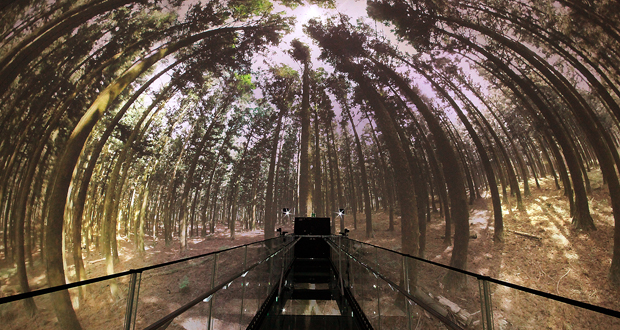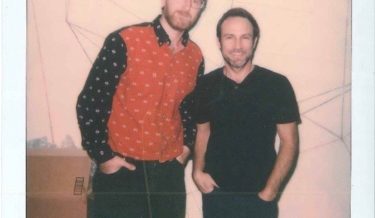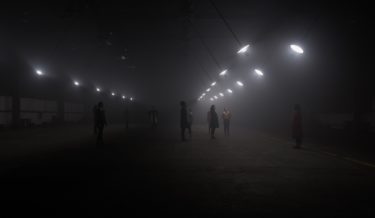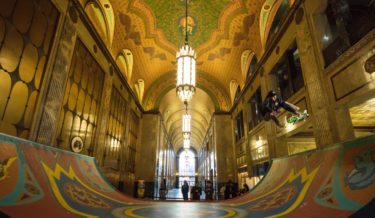Related post
THE LASER AND HOLOGRAPHY EXPERT CHALLENGING THE LIMITS OF LIGHT
Jul 31, 2018
|
Comments Off on THE LASER AND HOLOGRAPHY EXPERT CHALLENGING THE LIMITS OF LIGHT
2424
Our Time – Spatial instrument for manipulating the perception of time
Jan 18, 2017
|
Comments Off on Our Time – Spatial instrument for manipulating the perception of time
3149
Skaters Put an Art-Deco Half-Pipe Inside an Iconic 1920s Skyscraper
Apr 27, 2017
|
Comments Off on Skaters Put an Art-Deco Half-Pipe Inside an Iconic 1920s Skyscraper
2257













